A Carnoustie Airbnb caravan at the centre of council enforcement action has hit further trouble with planning officials.
In July, its owner was given 60 days to remove the static holiday home from his garden at Ireland Street.
Tony Lindsay has appealed the enforcement order to the Scottish Government.
But he has now been refused planning permission to use the caravan beside the main east coast rail line as a short-term let after the idea was slated by council officials and locals.
Carnoustie Community Council opposed Airbnb caravan
The application drew a dozen objections, including one from Carnoustie Community Council.
Neighbours claimed the bid was both illegal and potentially dangerous because of how close the caravan sits to the railway.
But applicant Tony Lindsay rejected the criticism.
He denied claims there had been an increase in rodents at the site and said there would be strict controls since he lives in the house next door.
The three-bed caravan sits just beside the house on Ireland Street.
‘Lovely to see the trains go past’
It was previously advertised on Airbnb. The listing has now been taken down.
One visitor who gave it a five-star review earlier this years wrote: “Tony’s place was so lovely.
“It sits right on a train track which is so lovely to see the trains go past.”
The planning application said the caravan is currently being used by a family member.
Mr Lindsay said there would be no lets while he was not at home.
A maximum of six people would be allowed to stay. And there would be no hot tub or barbecue.
The caravan is just yards from the east coast line. Network Rail did not formally object but said any work had to be done in a way which would not pose a safety threat to the railway.
Host of neighbour complaints
But neighbours said the caravan had already created antisocial behaviour issues.
They said there was no screening for it.
Mr Lindsay argued people living opposite in Tayside Street had no right to privacy since they overlook a public road and a railway line between them and the caravan.
However, planning officials delivered a scathing rejection of the application.
They said: “The caravan appears as a separate property occupying a small and constrained area of land squeezed between two existing dwellings.
“It essentially has the appearance of, and would function as, a caravan site located extremely close to and surrounded by residential properties.
“It would introduce a very apparent commercial activity into what is otherwise a predominantly residential area.
They added: “It does not improve the urban area and is not of a high design standard.
“Approval could establish an undesirable precedent for similar development in the area.
“The representations submitted in objection to the application support the overall conclusion that the proposal is detrimental to the character, appearance and amenity of the area.”
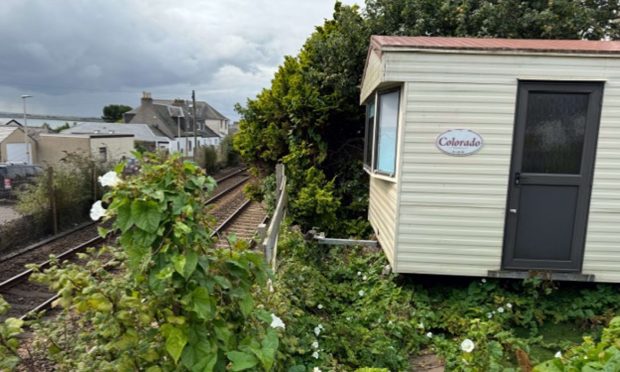
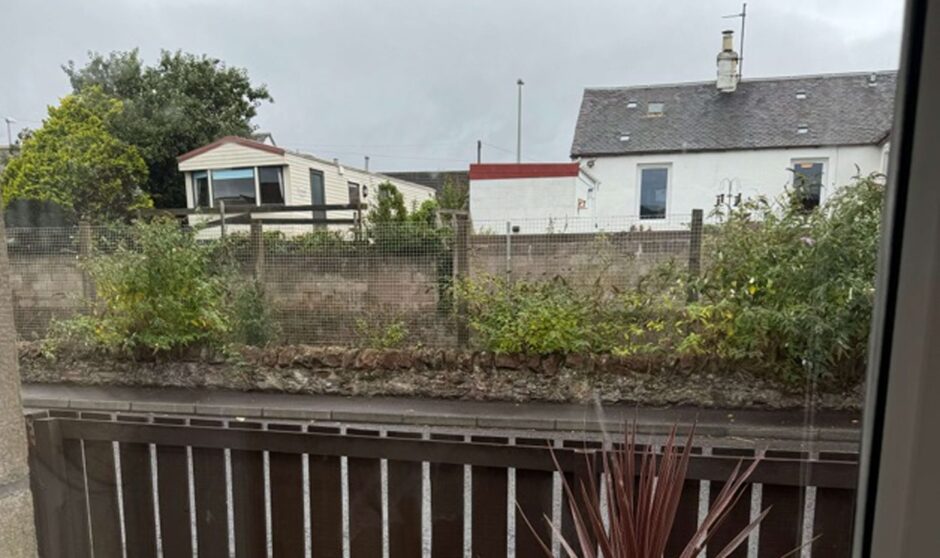
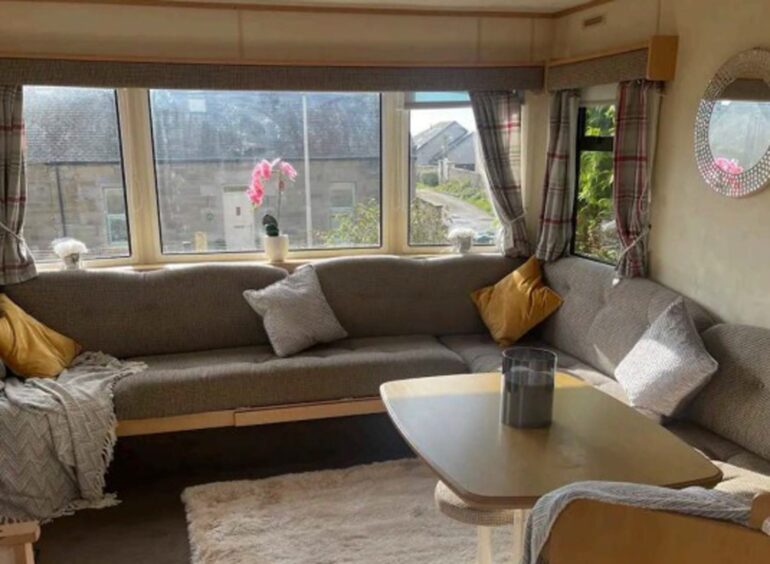
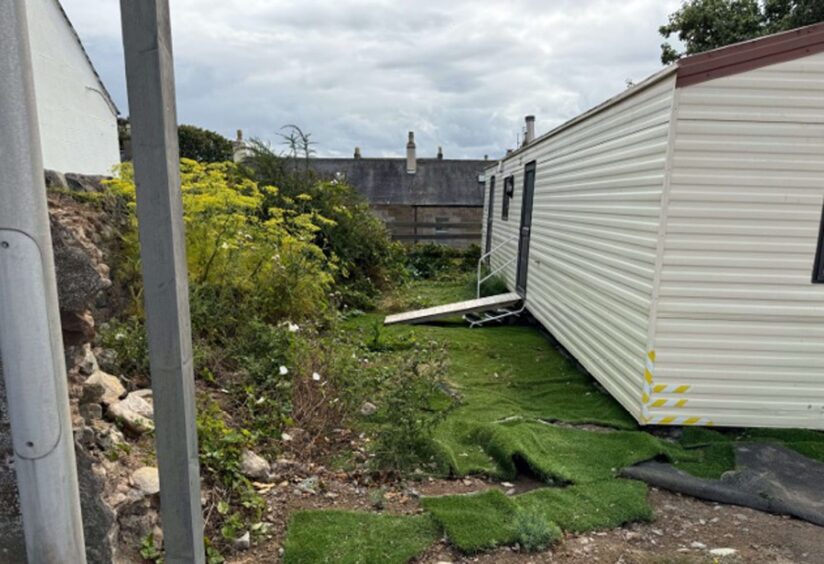

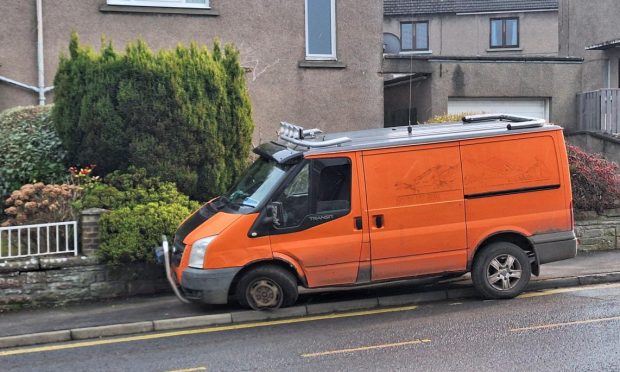



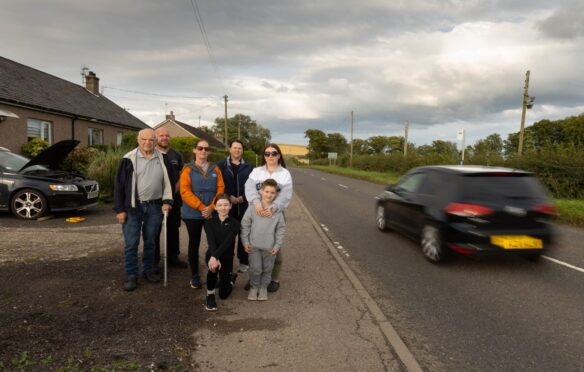
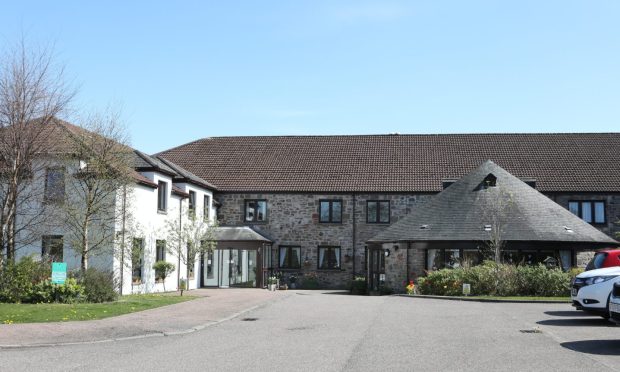

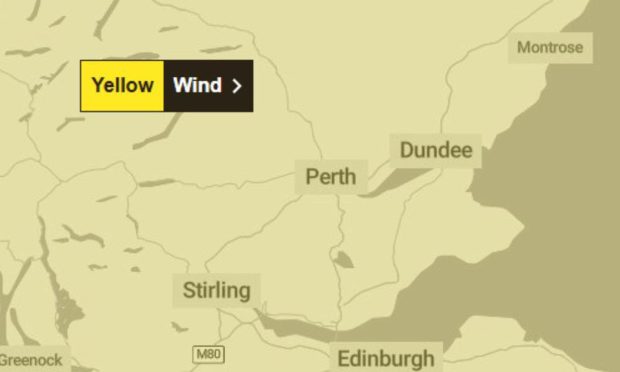

Conversation